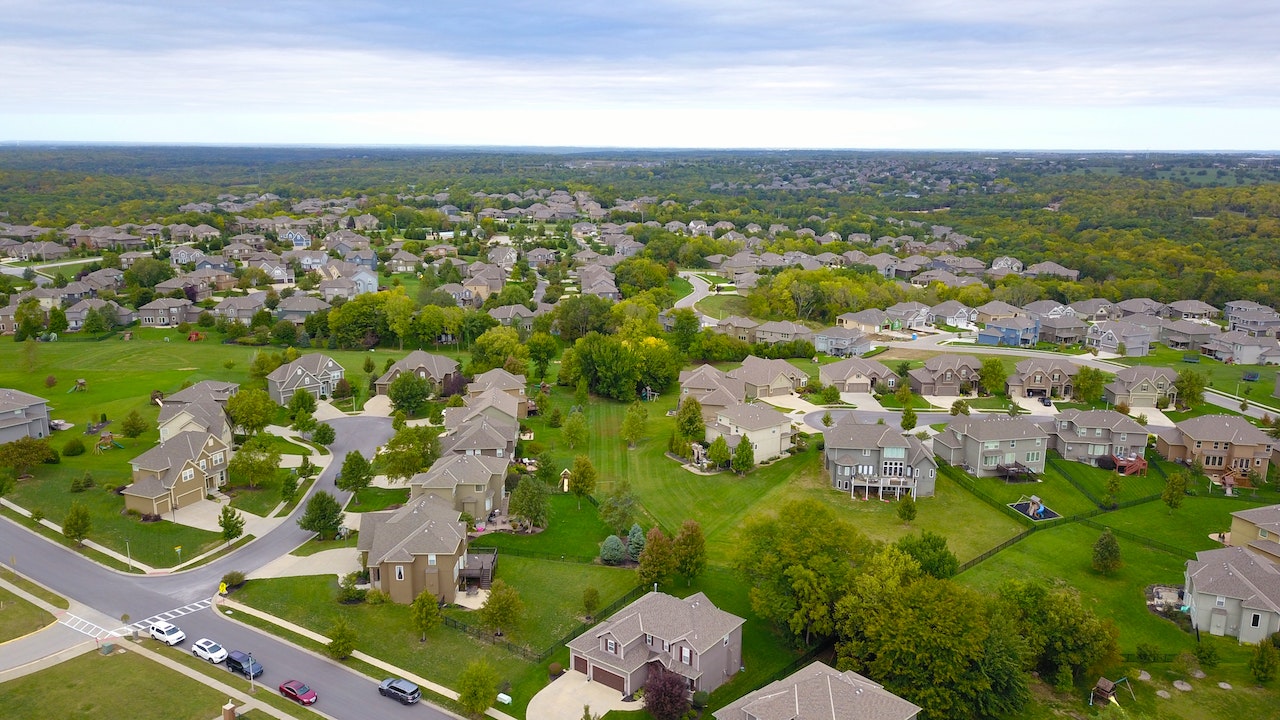The commercial real estate market is a dynamic landscape that presents a multitude of opportunities for investors and industry professionals. In this article, we delve into the current state of the commercial real estate market, examining key trends, challenges, and investment prospects.
- Economic Factors
The commercial real estate market is closely tied to the overall economy. Factors such as GDP growth, employment rates, consumer spending, and interest rates significantly impact market dynamics. Analyzing economic indicators helps gauge the health of the market and identify potential investment opportunities.
- Market Segments
The commercial real estate market encompasses various segments, including office, retail, industrial, hospitality, and multifamily. Each segment has unique characteristics, demand drivers, and investment considerations. Understanding the dynamics of different market segments helps investors align their strategies with specific property types and market demands.
- Urban vs. Suburban
The ongoing shift in preferences towards urban or suburban locations affects the commercial real estate market. Urban areas often offer higher density, proximity to amenities, and a diverse range of tenants. Suburban areas, on the other hand, may attract businesses seeking larger spaces, parking availability, and a more relaxed environment. Assessing the demand for urban and suburban properties is crucial when analyzing investment prospects.
- Technology Disruption
Technology has transformed the commercial real estate industry, impacting both tenant preferences and property management practices. E-commerce growth has led to changes in retail and industrial spaces, with increased demand for fulfillment centers and last-mile delivery facilities. Additionally, technology-driven solutions such as smart buildings, automation, and data analytics are reshaping property operations and tenant experiences.
- Sustainability and ESG Considerations
Environmental, social, and governance (ESG) factors have gained prominence in commercial real estate. Investors and tenants increasingly prioritize sustainability initiatives, energy efficiency, and responsible practices. Green building certifications, such as LEED and WELL, have become essential considerations, as they enhance property value, tenant attraction, and long-term sustainability.
- Changing Work Patterns
The rise of remote work and flexible arrangements has influenced the office space sector. Companies are reevaluating their office needs, with some opting for hybrid work models or reducing their physical footprint. Understanding the evolving demand for office spaces and accommodating changing work patterns is crucial when assessing investment opportunities.
- Financing Landscape
Access to financing plays a significant role in commercial real estate investments. The availability of capital, interest rates, and lending conditions impact investment decisions. Monitoring financing trends and partnering with reputable lenders or financial institutions helps investors navigate the financing landscape and secure favorable terms.
- Risk Management
Commercial real estate investments carry inherent risks, including market volatility, tenant turnover, and economic downturns. Implementing effective risk management strategies is essential. Diversifying portfolios, conducting thorough due diligence, and maintaining cash reserves are practices that can mitigate risks and enhance investment resilience.
- Demographic Shifts
Changing demographics, such as population growth, aging populations, and urbanization, impact the demand for different types of commercial real estate. Understanding demographic trends, including migration patterns and household formation rates, helps identify emerging opportunities and potential investment hotspots.
- Market Outlook
Analyzing the current market conditions and forecasting future trends is crucial for making informed investment decisions. Monitoring supply and demand dynamics, rental rates, vacancy rates, and new development projects provides insights into market stability, growth potential, and potential investment returns.
Navigating the commercial real estate market requires a thorough understanding of economic factors, market segments, technology disruptions, sustainability considerations, and demographic shifts. By analyzing these key aspects and keeping a pulse on market trends, investors and industry professionals can identify lucrative investment opportunities and make informed decisions in this ever-evolving landscape.




